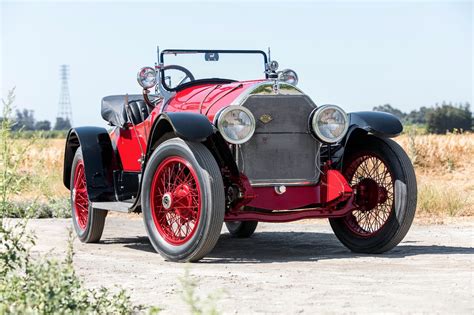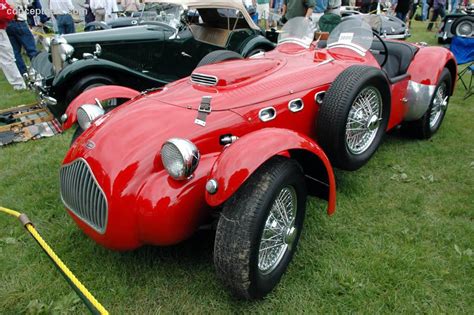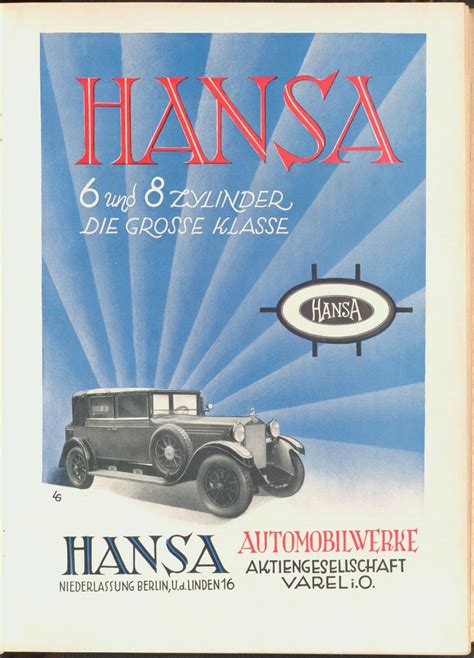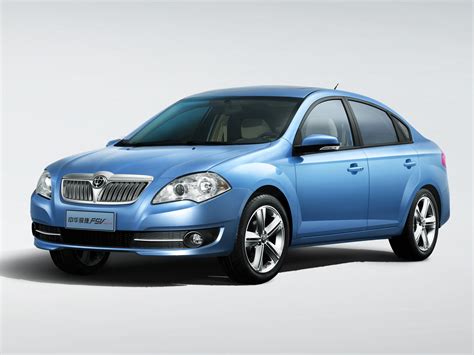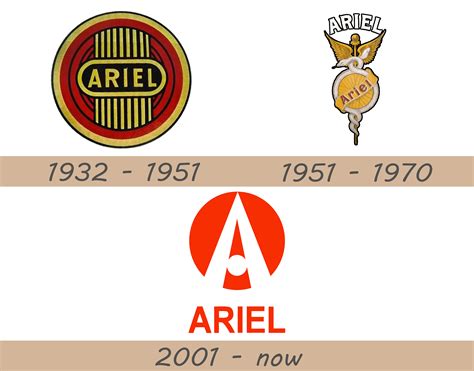Discover the founding and innovative design philosophy of Wiesmann, as well as their financial struggles, collaborations with other brands, and eventual closure of operations.
Founding of Wiesmann
Contents
Wiesmann Car Company was founded in 1988 by two brothers, Martin and Friedhelm Wiesmann, in Dülmen, Germany. The company quickly gained a reputation for its high-quality, handcrafted sports cars with a retro design aesthetic. The Wiesmann brothers combined their engineering expertise with a passion for classic cars to create a unique niche in the automotive market.
The company’s first model, the Wiesmann MF3, was introduced in 1993 and garnered attention for its distinctive styling and impressive performance. The MF3 was powered by a powerful BMW engine, showcasing Wiesmann’s commitment to partnering with renowned brands to deliver exceptional performance.
From the outset, Wiesmann embraced a philosophy of craftsmanship and attention to detail, with each car being meticulously hand-built by a team of skilled artisans. This dedication to quality and individuality set Wiesmann apart from other car manufacturers and attracted a passionate following of enthusiasts.
Wiesmann’s founding principles of innovative design, exceptional performance, and meticulous craftsmanship laid the foundation for the company’s future success and solidified its position as a respected player in the luxury sports car market.
Innovative Design Philosophy
Wiesmann Car Company was known for its innovative design philosophy that combined classic and modern elements to create timeless and unique automobiles. The company’s focus on creating handcrafted cars with attention to detail and precision engineering set them apart from other manufacturers in the industry.
The founders of Wiesmann, brothers Martin and Friedhelm Wiesmann, were passionate about creating cars that were not only visually stunning but also offered exceptional performance. They believed in the importance of blending traditional craftsmanship with innovative technology to produce cars that were both luxurious and powerful. This design philosophy was evident in every aspect of their vehicles, from the exterior design to the custom interiors.
One of the key elements of Wiesmann’s innovative design philosophy was their commitment to using high-quality materials and meticulously crafted components. Each car was built by a team of skilled craftsmen who took pride in their work, ensuring that every detail met the company’s exacting standards. This dedication to excellence resulted in automobiles that were not only visually stunning but also a joy to drive.
Throughout its history, Wiesmann remained true to its innovative design philosophy, continuously pushing the boundaries of car design and engineering. This commitment to innovation and creativity was what made Wiesmann a beloved and respected brand among car enthusiasts and collectors around the world.
Financial Struggles and Restructuring
During the mid-2000s, Wiesmann experienced a period of financial struggles due to a combination of factors, including the global economic downturn and challenges in the luxury car market. The company faced difficulties in maintaining sales and profitability, leading to cash flow issues and mounting debts.
As a response to these challenges, Wiesmann underwent a restructuring process to streamline operations and cut costs. This involved downsizing the workforce, renegotiating contracts with suppliers, and implementing efficiency measures across the organization. The aim was to stabilize the company’s financial position and pave the way for future growth and sustainability.
Despite the financial difficulties, Wiesmann remained committed to its innovative design philosophy and continued to produce high-quality, handcrafted sports cars that were well-received by enthusiasts and collectors. The brand’s dedication to craftsmanship and attention to detail were evident in every vehicle, helping to maintain its reputation for excellence in the industry.
Ultimately, the struggles and restructuring period marked a challenging but transformative chapter in the history of Wiesmann. It forced the company to adapt to changing market conditions and become more resilient in the face of adversity, setting the stage for a renewed focus on long-term success.
Collaborations with Other Brands
Throughout its history, Wiesmann has formed several collaborations with various other car brands in order to expand its reach and develop new technologies. One of the most notable partnerships was with BMW, from which Wiesmann sourced its engines. This collaboration allowed Wiesmann to benefit from BMW’s renowned engineering expertise and utilize their high-performance engines in their own unique, handcrafted vehicles.
In addition to BMW, Wiesmann also worked with Porsche on certain design and engineering projects. Porsche’s experience in high-performance sports cars and innovative engineering made them an ideal partner for Wiesmann as they sought to push the boundaries of their own designs and capabilities. The collaboration with Porsche brought fresh ideas and perspectives to Wiesmann’s development process.
Furthermore, Wiesmann also partnered with Mercedes-Benz on a few occasions, tapping into their expertise in luxury car design and technology. These collaborations allowed Wiesmann to explore new design elements and incorporate advanced features into their vehicles, broadening their appeal to a wider audience.
Overall, Wiesmann’s collaborations with other brands were instrumental in enhancing the quality and performance of their vehicles, as well as expanding their market presence. By leveraging the strengths and expertise of established car manufacturers, Wiesmann was able to create truly unique and exceptional sports cars that stood out in the competitive automotive industry.
Closure of Wiesmann Operations
Wiesmann Car Company had been an icon in the automotive industry, known for their high-performance sports cars with a touch of retro design. However, the company faced financial struggles, which eventually led to the closure of its operations. Despite their innovative design philosophy and collaborations with other brands, Wiesmann was unable to sustain its business.
The closure of Wiesmann operations came as a shock to many enthusiasts and collectors who admired the brand for its unique and timeless creations. It was a sad moment for the automotive world as the company’s history and legacy came to an abrupt end.
Even though Wiesmann had a loyal fan base and a reputation for producing exceptional vehicles, the financial challenges proved to be too difficult to overcome. The company’s efforts to restructure and find investors were not successful, ultimately leading to the decision to cease operations.
Despite the closure of Wiesmann operations, the impact of the brand’s legacy continues to be felt in the automotive industry. Enthusiasts and collectors still appreciate the craftsmanship and dedication that went into each Wiesmann vehicle, keeping the spirit of the brand alive through their continued admiration and support.


